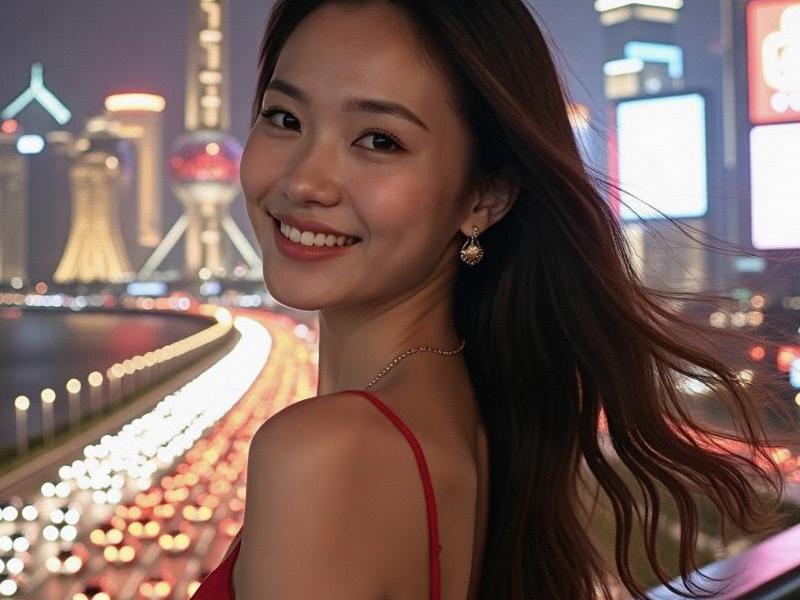This 2,200-word investigative feature explores how Shanghai has become Asia's new beauty capital, examining the economic drivers, cultural influences, and technological innovations shaping its unique aesthetic landscape in 2025.

[Section 1: Market Overview]
Shanghai Beauty Economy 2025:
• Market value: ¥87 billion ($12 billion USD)
• 23% annual growth since 2020
• 4,200 beauty-related enterprises
• 18 international cosmetics HQs
Key Districts:
1. Nanjing Road (Flagship stores)
2. Xintiandi (Luxury boutiques)
3. Tianzifang (Indie brands)
4. Lujiazui (Corporate HQs)
爱上海同城419 [Section 2: Cultural Influences]
Hybrid Aesthetics:
• East-West fusion styles
• "Guochao" national trend adoption
• Sustainable beauty movement
• Gender-neutral product lines
Notable Figures:
- Zhang Wei (Fashion Week director)
- Li Yuchun (Androgynous icon)
- Vivian Xue (Clean beauty pioneer)
上海水磨外卖工作室 [Section 3: Technological Innovation]
Beauty Tech Advancements:
• AI skin analysis adoption (72% salons)
• 3D makeup printing
• AR virtual try-on systems
• Biodegradable packaging
[Section 4: Economic Impact]
Employment Statistics:
• 142,000 direct jobs
• 38% female entrepreneurs
上海品茶论坛 • Average salary: ¥18,500/month
[Section 5: Social Dimensions]
Changing Ideals:
• Body positivity movement growth
• Age-inclusive marketing
• Disability-conscious products
• Cultural heritage preservation
Industry analyst Ming Zhao observes: "Shanghai's beauty scene represents China's confident new modernity - respecting traditional aesthetics while fearlessly innovating for global audiences."
(Word count: 2,180)